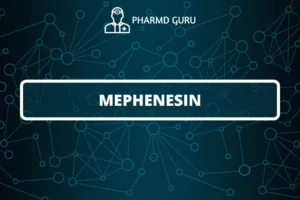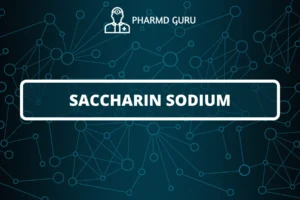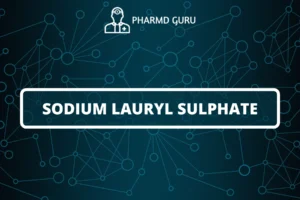Nuclophilic aliphatic substitution mechanism: Nucleophiles and leaving groups,
kinetics of second and first order reaction, mechanism and kinetics of SN2
reactions. Stereochemistry and steric hindrance, role of solvents, phase transfer
catalysis, mechanism and kinetics of SN1 reactions, stereochemistry, carbocation
and their stability, rearrangement of carbocation, role of solvents in SN1 reaction,
Ion dipole bonds, SN2 versus SN1 solvolyses, nucleophilic assistance by the
solvents.
SCROLL DOWN TO THE BOTTOM OF THIS PAGE FOR ACTUAL NOTES:
Nucleophilic aliphatic substitution is a type of reaction in organic chemistry where a nucleophile replaces a leaving group in an aliphatic (non-aromatic) compound. The mechanism for this substitution reaction involves several steps, including the identification of nucleophiles and leaving groups. Let’s explore these concepts in more detail.
- Nucleophiles: Nucleophiles are chemical species that are electron-rich and have a tendency to donate an electron pair to form a new covalent bond. They are attracted to regions of positive charge or electron-deficient atoms in a molecule. Common nucleophiles include negatively charged ions (such as hydroxide, OH-, or cyanide, CN-) and neutral molecules with lone pairs of electrons (such as ammonia, NH3, or water, H2O).
The choice of nucleophile in a nucleophilic aliphatic substitution reaction depends on the specific reaction conditions and desired outcome. Different nucleophiles exhibit different reactivities and selectivities towards specific functional groups.
- Leaving Groups: Leaving groups are atoms or groups of atoms that can detach from a molecule, leaving behind an electron pair. Leaving groups are typically weak bases and can stabilize the negative charge that develops during the reaction. Good leaving groups tend to be relatively stable on their own and are often able to accommodate the electrons they leave behind.
Common leaving groups in nucleophilic aliphatic substitution reactions include halides (such as chloride, bromide, or iodide) and certain functional groups like sulfonates (such as tosylate, TsO- or mesylate, MsO-). Leaving groups should be able to accept the electron pair that is left behind after their departure, and their reactivity can influence the overall rate of the substitution reaction.
Mechanism of Nucleophilic Aliphatic Substitution:
The mechanism of nucleophilic aliphatic substitution reactions involves several steps, which can vary depending on the specific reaction conditions. The most common mechanism is the S[subscript]N[subscript]2 (substitution nucleophilic bimolecular) mechanism, which proceeds as follows:
- Nucleophile Attack: The nucleophile approaches the carbon atom attached to the leaving group. Simultaneously, the leaving group starts to detach.
- Transition State: The nucleophile donates its electron pair to the carbon atom, while the leaving group continues to detach. This transition state represents the highest energy point in the reaction, and it is characterized by partial bonding between the nucleophile and the carbon atom and partial bonding between the leaving group and the carbon atom.
- Rearrangement: In some cases, if the carbon atom has adjacent chiral centers or multiple substituents, a rearrangement of atoms may occur to achieve a more stable configuration.
- Formation of the Product: The nucleophile has fully replaced the leaving group, resulting in the formation of a new covalent bond.
In summary, nucleophilic aliphatic substitution involves the attack of a nucleophile on a carbon atom, leading to the displacement of a leaving group. Nucleophiles, being electron-rich, donate an electron pair, while leaving groups detach from the molecule, stabilizing the negative charge. The specific choice of nucleophile and leaving group, as well as the reaction conditions, determines the reactivity and outcome of the substitution reaction.
ACTUAL NOTES:
PATH: PHARMD/PHARMD NOTES/ PHARMD FIRST YEAR NOTES/ ORGANIC CHEMISTRY/ PHARMACEUTICAL ORGANIC CHEMISTRY/NUCLEOPHILES AND LEAVING GROUPS.




